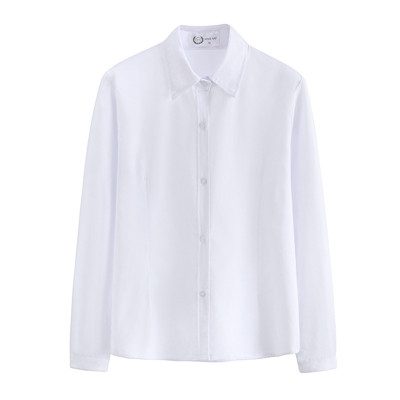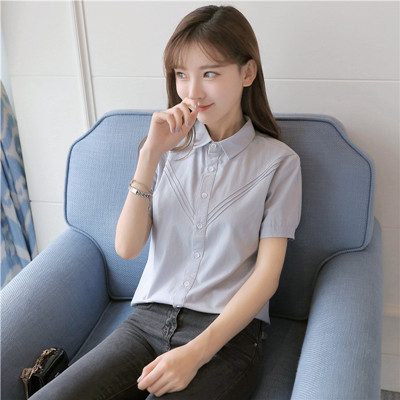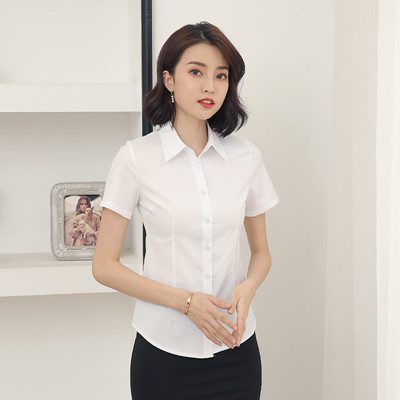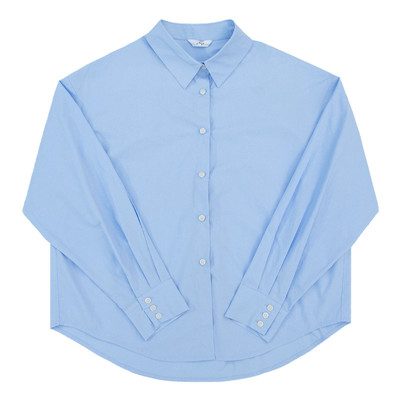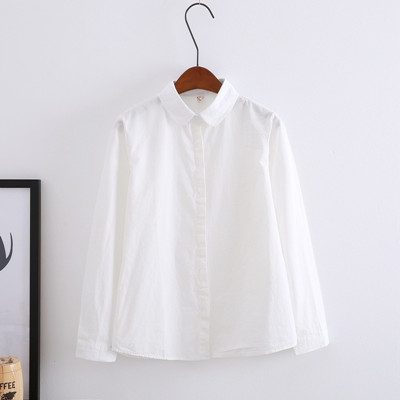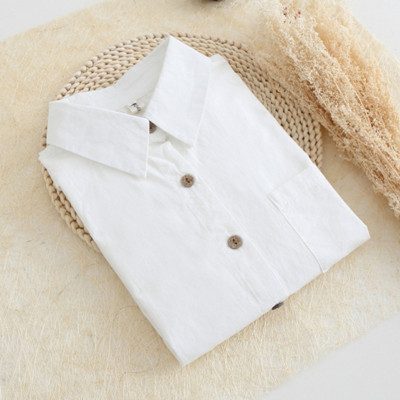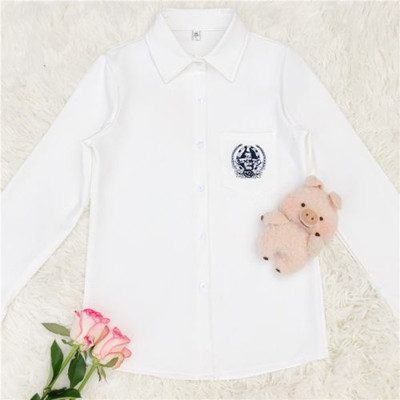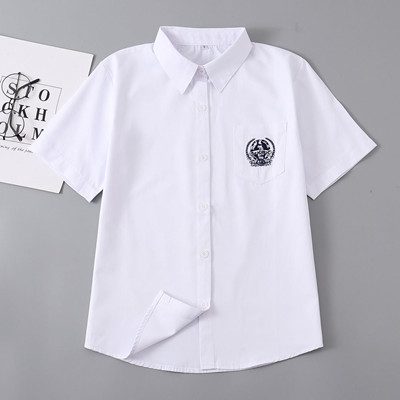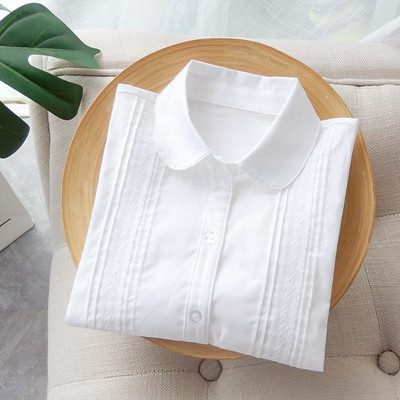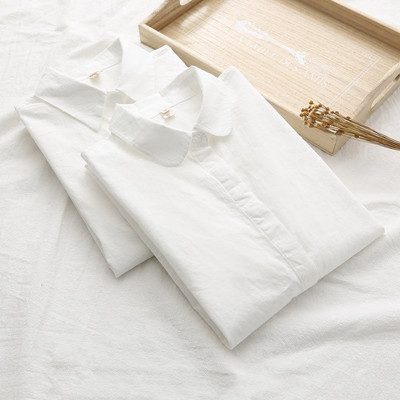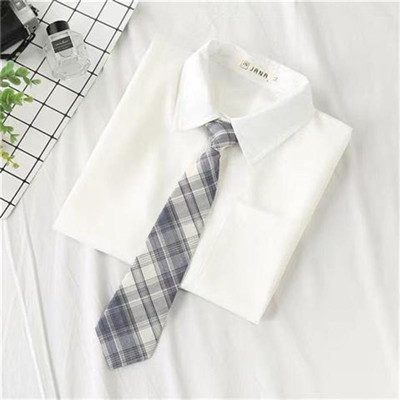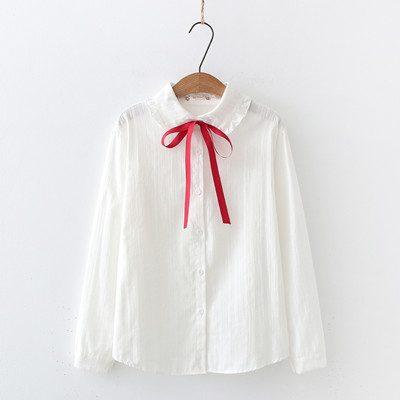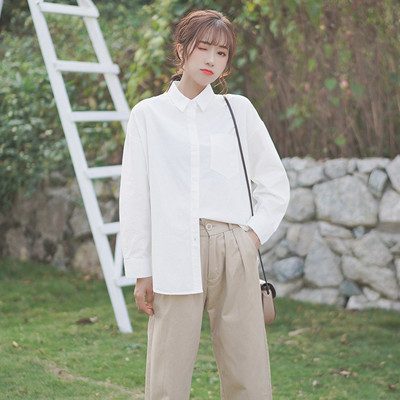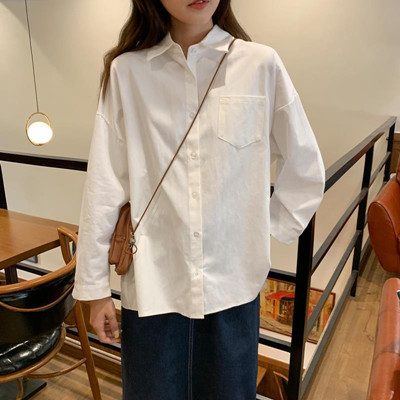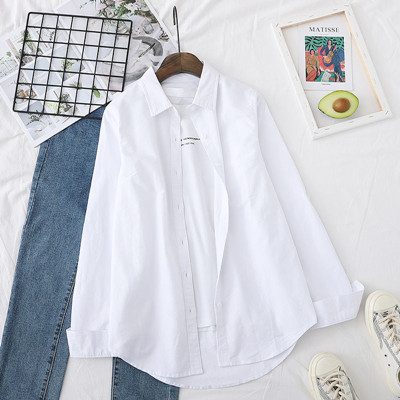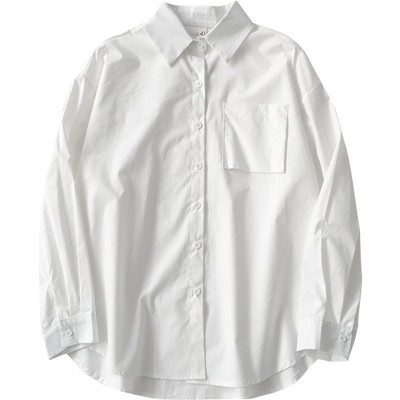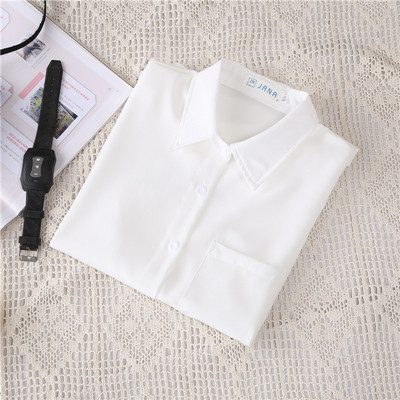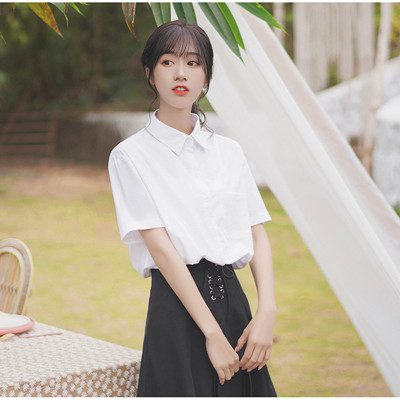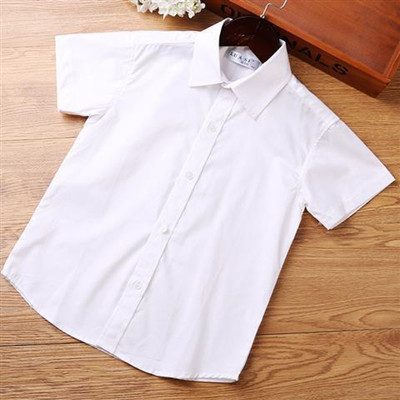What kinds of fabrics are there in common school blouses? What are the advantages of each?
School blouses can be divided into combed cotton school blouses, silk school blouses, crepe de chine school blouses, polyester-cotton school blouses, etc. according to the base material. It is ideal to choose light, thin, soft, cool, stiff, and good air permeability.
Since school blouses collar linings are commonly used with hot-melt adhesive materials, do not soak them in warm water above 60°C during washing. The material of school blouses used to be white poplin. Nowadays, more school blouses made of corrugated, silk, yarn and various chemical fibers are used.
There are stand-up collars, large lapels, small lapels, and women also have round or bald collars. Generally speaking, short sleeves are mostly bald collars and round necks, and long sleeves are mostly small lapels.
1. Pure cotton fabric
Advantages: school blouses made of pure cotton fabric are comfortable, soft and sweat-absorbing. For friends with skin allergies, pure cotton fabric is the most basic requirement for your choice, because only natural pure cotton will not make your skin feel uncomfortable.
2. Blended fabric
Advantages: not easy to deform, not easy to wrinkle, not easy to dye or change color. Some blends have some functions, such as relatively high elasticity, and are also used in higher-grade shirts for special purposes.
3. 100% chemical fiber fabric
Advantages: bright colors, soft texture, stiff drape, smooth and comfortable.
4. Linen fabric
Advantages: comfortable to wear, soft, sweat-absorbent
5. Wool
Advantages: warmth, thick, good visual effect

